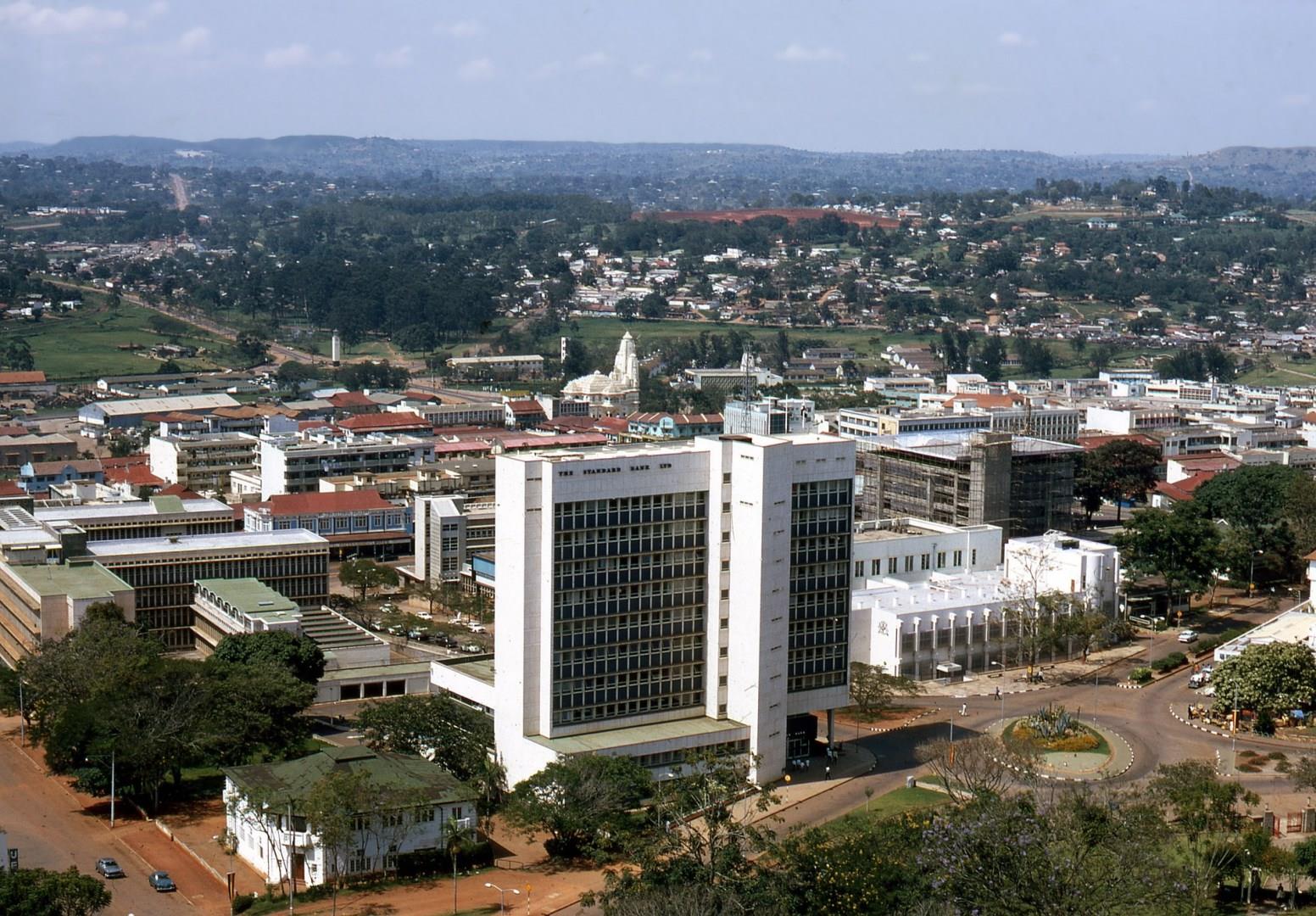

Osaka
Osaka is a city that thrives on contrasts with centuries-old castles sit just blocks from neon-lit arcades and high-speed trains. Once known as “Japan’s kitchen” during the Edo period, Osaka played a key role in rice trading and food distribution across the country. Today, visitors can walk the grounds of Osaka Castle, originally built in the 16th century by Toyotomi Hideyoshi, and take in panoramic city views from the top floor of its museum.

Etosha National Park
Etosha National Park, located in northern Namibia, is one of Africa’s most renowned wildlife destinations. Covering nearly 8,500 square miles, it is centered around the Etosha Pan, a massive salt flat that can be seen from space. During the dry season, animals gather around waterholes, creating spectacular wildlife viewing opportunities that attract visitors from around the world.

Sarajevo
Sarajevo, the capital of Bosnia and Herzegovina, is a city where history, culture, and resilience converge. Often called the "Jerusalem of Europe," Sarajevo is a place where East meets West, reflected in its diverse architecture, which seamlessly blends Ottoman, Austro-Hungarian, and modern influences.

Kampala
Kampala, the bustling capital of Uganda, is a dynamic blend of tradition and modernity. Perched on rolling hills near the shores of Lake Victoria, the city offers a vibrant cultural scene, historic landmarks, and a growing culinary landscape. A visit to the Uganda Museum is a must for those seeking to explore the country’s rich history, with exhibits ranging from archaeology to cultural artifacts. Nearby, the Lubaga and Namirembe Cathedrals offer panoramic views of the city and serve as reminder

